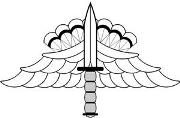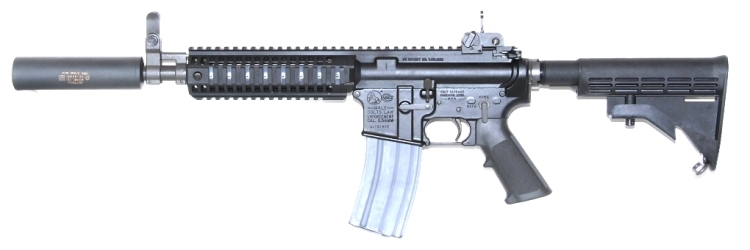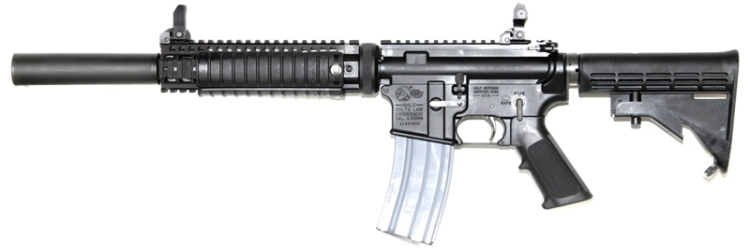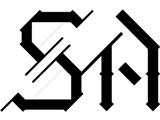Comparison

Colt LE6940 vs. Colt LE6920 Operator
2008 — Here at Specialized Armament we get numerous requests for information on a seemingly endless array of “non-standard” weapons, parts, tools, and accessories – military, law-enforcement (LE), export, and commercial. Unfortunately many explanations are too complicated and involved for us to deal with over the phone or by e-mail. Here is an explanation of several recurring questions.

The LE6940 carbine originated at Colt Defense by quietly combining several design features from proto-type weapons which were continuously developed during US and foreign weapons trials. The guys in the Colt “Model Shop” (whom I will name if they choose) did a fantastic job creating upgraded weapons for a number of diverse applications – a truly daunting task at times. Since developing any weapon system involves changes and modifications, most serious improvements come at the cost of interchangeability with existing weapons. Some of this R&D work finally found its way onto the US market in early 2009 as the LE6940. (Later came the LE6944, LE6945, LE6946, creating the 694X series).
Obviously 694X weapons have a one piece upper receiver with integrated M1913 pattern rails across the top and where the handguard would normally be found. What is less obvious is the self-centering barrel assy which CANNOT interchange with any other Colt M4 series weapons. This barrel assy utilizes a new type of barrel extension with an indexing slot on the bottom and a male-threaded barrel nut, unlike the indexing pin and female barrel nut familiar to many M16 armorers. The one piece “monolithic” upper receiver has a removable bottom rail section to allow the installation of the M203 40mm launcher and to facilitate the barrel assy removal with some highly specialized tools. This barrel assy also incorporates a newly designed folding front sight assy, using 4 ball bearings, 6 belleville washers, an axle, a cup, and an e-clip to hold the sight securely in the upright and folded positions – non-locking. The actual sight base itself houses a new type of gas tube (straight – no bend) which enters the base at a completely different location (higher) than a standard M4 gas tube. Needless to say there are several other unique parts hidden inside the 694X upper receiver group. To simplify, NO 694X barrel assy can interchange with a standard M4 series barrel assy – nor can their respective front sight bases.

The LE6920 Operator (OP) is a completely different animal. This weapon system was engineered at Specialized Armament (SA) several years before the 694X’s were released for sale in the US. The OP’s combine several specialty components – a standard Colt M4 series weapon, a LaRue Tactical (LT) rail system, Troy Industries (TI) special production folding sights, Knight Armament (KAC) military rail covers, an SA reliability Package (RP) – and a bunch of machining, handwork and finishing. The photo above shows the suppressed XS6921OP as used by several police agencies.
Advantages: This is the lightest/cleanest rail system weapon on the market. The rails can accept US Military rail covers and they are significantly narrower than the 694X. The entire Colt gas system fits completely within the LT 9.0 system. Both front and rear sights can be omitted for optic only weapons. Longer rail sections can be installed if needed (LT 10.0, 11.0, etc) and damaged rails can be easily replaced. There is also far greater parts availability, interchangeability and support.
Disadvantages: The OP’s cannot accept the M203 launcher. There is a space between the Colt upper receiver and the LT rail system – the top rail is not continuous. The OP is significantly more expensive to produce.
Advantages: This is the lightest/cleanest rail system weapon on the market. The rails can accept US Military rail covers and they are significantly narrower than the 694X. The entire Colt gas system fits completely within the LT 9.0 system. Both front and rear sights can be omitted for optic only weapons. Longer rail sections can be installed if needed (LT 10.0, 11.0, etc) and damaged rails can be easily replaced. There is also far greater parts availability, interchangeability and support.
Disadvantages: The OP’s cannot accept the M203 launcher. There is a space between the Colt upper receiver and the LT rail system – the top rail is not continuous. The OP is significantly more expensive to produce.
We hope this brief overview of these 2 weapon systems will help you with many of your technical questions. Of course, this material is covered in far greater depth in our Advanced M16 Armorer classes.


